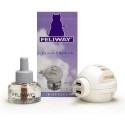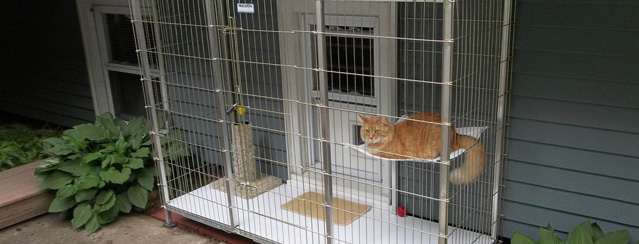
Have a cat? You’ve probably experienced a litter box accident or two. But when it happens regularly, it can become very challenging to your relationship with your feline family member. What should you do when you are singing the litter box blues?
The first step should ALWAYS be a visit to the veterinarian. Visit anytime there is a change in litter box habits. Your veterinarian should do a full physical exam, palpate the organs and do a urinalysis. Urine can often be taken through cystocentesis or by taking a non-absorbent cat litter home with you. Labwork can give your veterinarian a good idea of what is happening inside — the things we cannot see or feel from the outside.
Litter box problems can be caused by a variety of medical conditions. Arthritis is another common reason your cat may miss the litter box. Litter box habits may also change with constipation or other GI issues. Your veterinarian may recommend x-rays to help diagnose the issue. With many of these medical issues, antibiotics and supplements can be very helpful.
If a medical issue is ruled out, then it is time to start looking for a behavioral cause. Often, a cat that goes outside the box is trying to communicate discontent or anxiety. Type of litter, litter box location, and litter box cleanliness are some of the biggest, and most easily resolved, causes of improper litter box habits. Think about the size, location, texture, noise, and overall environment of the litter and box, along with your cat’s routines and health. It can be as simple as putting the box in a quieter place, changing to unscented litter, or putting a box further away from the main territory of another cat in the household.
 Urination is a way that cats mark territory. Some cats will mark new items in the house. Others will urinate to mark their territory when they feel insecure, especially if there are other animals in the household. If one pet is marking in the house, others will often follow suit. Several products that can help with this are feline pheromones (Feliway), anti-anxiety medication (prescribed by your veterinarian), CatAttract Litter, and an enzymatic cleaner for existing messes. Other helpful ideas, if done responsibly, can include:
Urination is a way that cats mark territory. Some cats will mark new items in the house. Others will urinate to mark their territory when they feel insecure, especially if there are other animals in the household. If one pet is marking in the house, others will often follow suit. Several products that can help with this are feline pheromones (Feliway), anti-anxiety medication (prescribed by your veterinarian), CatAttract Litter, and an enzymatic cleaner for existing messes. Other helpful ideas, if done responsibly, can include:

- creating a predictable schedule for your cat that centers around social interaction and play.
- limiting access to problem areas, or protecting them with puppy or incontinence pads.
- reducing the number of animals in the household.
- creating an individual space for the insecure cat.
- putting items the smell familiar on new items.
- building an outdoor catio.
And no matter how frustrated you may be with your cat’s litterbox challenges, you will only make things worse if you act towards them in anger. Know that cats will often eliminate in a place that feels safe to them — they are not being vindictive, but simply trying to communicate with you. And if you hit a roadblock and don’t know what to do next, you can seek professional, specialized behavioral help from a veterinary behaviorist. Find the closest veterinary behaviorist here.

